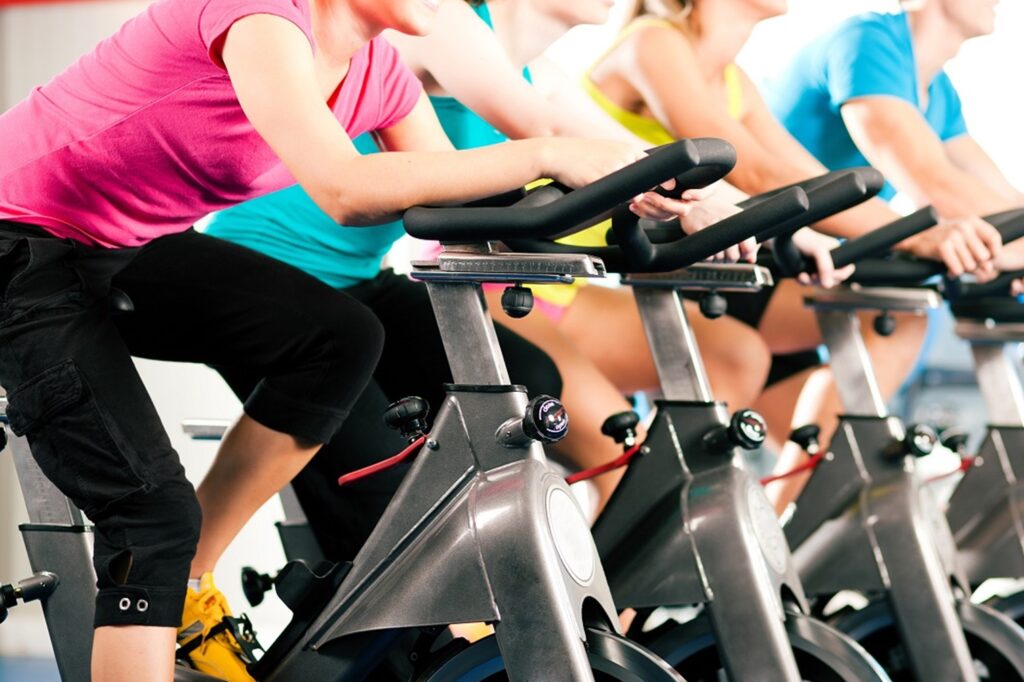Top tips to avoid aggravating an old sports injury

The phrase “aggravating an old injury” is commonly heard but not entirely accurate.
Depending on the injury, its severity and the journey to recovery, there are several factors that influence how our bodies respond to future injury.
Instead of “aggravating an old injury”, it would be more accurate to say that a poorly-managed injury can increase the risk of future re-injury/ongoing pain issues.
Here, Miriam Daurat, chartered physiotherapist at Our Health Hub, shares her tips for avoiding aggravating an old sports injury:
1. Understanding the what, the where and the why. A fracture? Ligament damage? Tendon rupture? The structures that were injured in different regions (shoulder, back, knee, ankle, etc) as well as what you did in response shapes your recovery and how your body will tolerate repeat injury. Responses tend to fall into three categories:
Rest followed by gradual reintroduction to your sport (the ideal scenario!)
Rest followed by a reduction in activity or completely stopping activity
Returning to your sport without adequate rehabilitation for the injury
The last two categories can increase the chance of experiencing either a repeat injury or other pain in the same general area. When we rest/reduce activity levels, muscles naturally become weaker and weaker muscles mean less control when we move. That weakness and reduction in muscle control can contribute to the risk of reinjury when playing sports as well as general ongoing pain.
2. The new normal – After an injury, tissues heal as best they can to keep up with the demands of movement. Changes in activity levels and how you move as injuries heal can have an impact on not only recovery (like a knee injury causing a limp or a back tweak that reduces ease of movement) but how your ‘new normal’ will develop.
Movement restrictions that are not addressed can contribute to an increased risk of injury to the same previously-injured area. The most important thing is recognising the balance between avoiding physical activity due to fear of re-injury and pushing through pain in order to keep up with your chosen sport. Both of these extremes are unhelpful in the long run.
3. Strength, flexibility and physical fitness – So the key is finding a way to build and maintain strength and flexibility. This will look different for everybody due to different sports and different injuries.
Focus first on structures near and around old injury sites, especially if these areas feel weaker/stiffer compared to the same area on the other side of your body. Strengthening and stretching these areas first (as long as it is not painful) provides the excellent groundwork to build on, allowing you to further improve strength and flexibility throughout the body.
Choose exercises where the movements mimic actions within your chosen sport, gradually increasing the difficulty and intensity of the exercises to improve your overall conditioning and reduce your risk of injury.




